Graham Reid | | 2 min read
All I Get From You is Heartaches
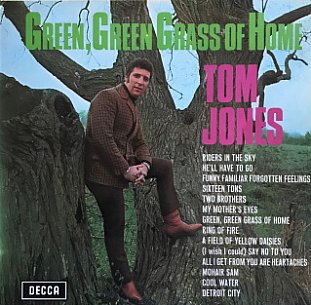
Anyone who digs through the bins of cheap records at op shops or secondhand stores “just in case” knows this: the careers of Nana Mouskouri, Des O'Connor, Ivan Rebroff, Harry Secombe, James Last and scores of others are not going to undergo any great reconsideration.
Their work in the Sixties and Seventies has become redundant.
One of the reasons their careers stalled after a decent innings was because of the paucity of material.
These people weren't songwriters – unlike so many of their younger peers in groups – and so they had to rely on professional tunesmiths to deliver them the hits. Which explains why so many songs -- When I Fall in Love, Moon River etc -- appear repeatedly on these albums.
Some like Dionne Warwick got lucky (through her association with Bacharach-David) and others, like Neil Diamond, found it within themselves to start singing their own material after others had modest success with their songs.
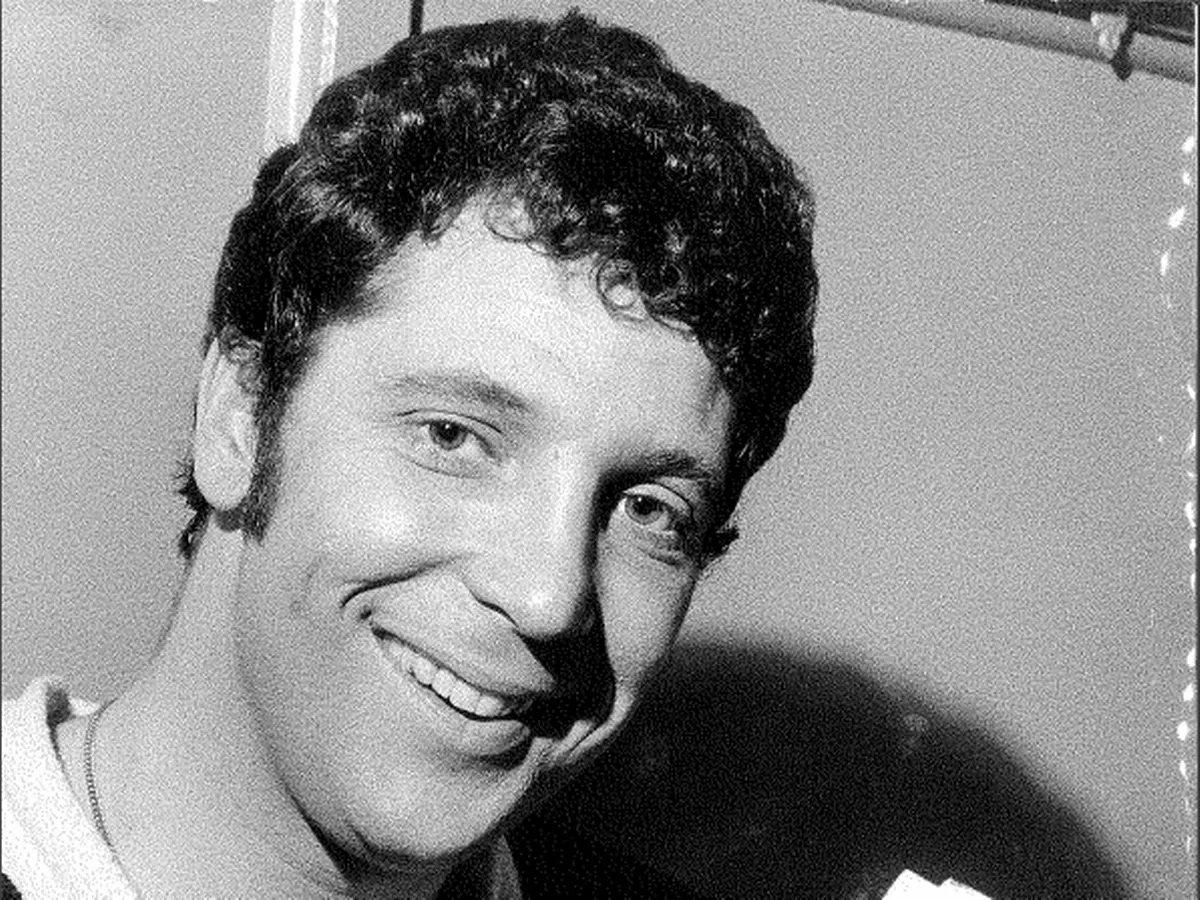 Tom Jones is a typical case in point: his debut album Along Came Jones (1965) was built around his first hit It's Not Unusual.
Tom Jones is a typical case in point: his debut album Along Came Jones (1965) was built around his first hit It's Not Unusual.
What's New Pussycat? later that same year around that Bacharach-David hit.
But A-Tom-ic Jones('66) had no hit to persuade punters. From the Heart later that year was just familiar covers and standards (Begin the Beguine, My Foolish Heart, Georgia on my Mind, The Nearness of You).
Jones was in danger of relegation from the charts and doomed to the chicken-in-a-basket circuit of workingmen's clubs.
Then came the unexpected and somewhat maudlin Green Green Grass of Home by country writer Curly Putman, who also wrote the Tammy Wynette hit D-I-V-O-R-C-E and the fine He Stopped Loving Her Today which George Jones turned into chart fodder.
But as was the practice of the time, an album of at least a dozen songs had to be recorded quickly to take advantage of Jones' profile.
Pulled from the shelf at random for consideration in this on-going column – and knowing it only cost $1 at a hospice shop – the album is a prime example of albums built around one song for someone who doesn't write.
But Jones brings his energetic soul style to threadbare material like Ghost Riders in the Sky, he's also deploys his sentimental and overwrought style on the wonderful He'll Have to Go (but not a patch on the Jim Reeves heartbreaking treatment).
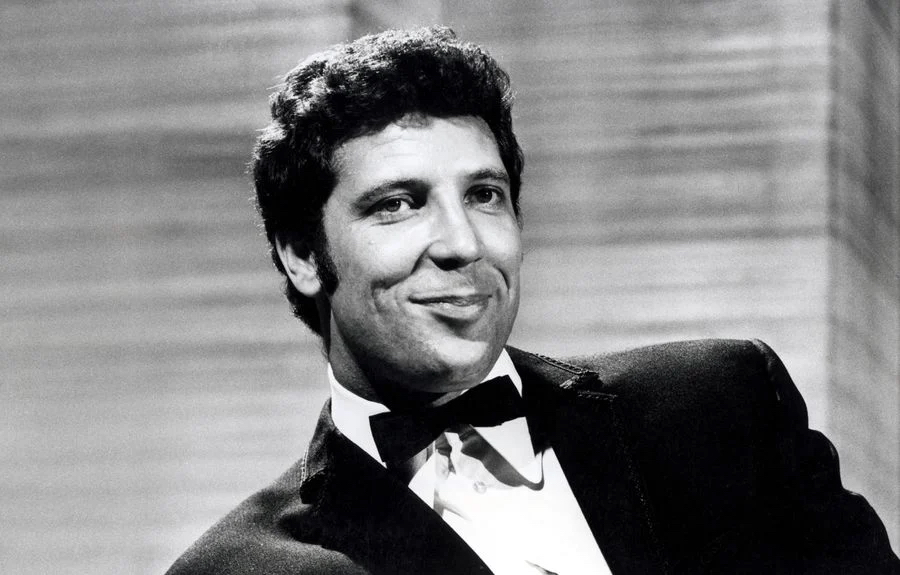 Give the title track was country, that becomes the source material here: a ballsy Sixteen Tons, the Civil War story Two Brothers, the sentimental Tin Pan Alley song My Mother's Eyes, the classic and somewhat untouchable Ring of Fire given a very saucy rhythm, Charlie Rich's sentimental ballad A Field of Yellow Daisies . . .
Give the title track was country, that becomes the source material here: a ballsy Sixteen Tons, the Civil War story Two Brothers, the sentimental Tin Pan Alley song My Mother's Eyes, the classic and somewhat untouchable Ring of Fire given a very saucy rhythm, Charlie Rich's sentimental ballad A Field of Yellow Daisies . . .
Whoever was choosing for Jones – producer Peter Sullivan? – had a good ear for songs. This is all fine material and here too are Mickey Newbury's I Wish I Could Say No To You, Mel Tillis' Detroit City (an emotional companion piece to Green Green Grass) and Mohair Sam (a hit for Charlie Rich) which was a particular favourite of Elvis' at the time, the one he played repeatedly on guitar when the Beatles turned up to see him.
Tom Jones rarely delivered at half measure and this album could be heard as a greatest hits of the period (albeit hits for others, except for Green Green Grass).
In fact later that same year he delivered an album entitled 13 Smash Hits although only one of them (I'll Never Fall in Love Again) was his.
What got Tom Jones a career which lasted beyond that of Englebert Humperdinck, John Rowles and others of his ilk was his good fortune to have an ongoing if intermittent series of hit singles (Delilah was just around the corner) and his people made astute choices when he settled in to Las Vegas, paving the way for Elvis.
Green Grass Grass of Home was worth every cent.
.
You can hear this album at Spotify here

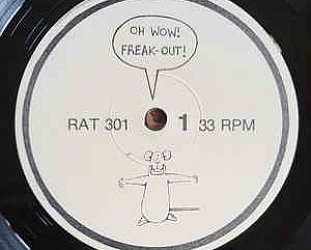


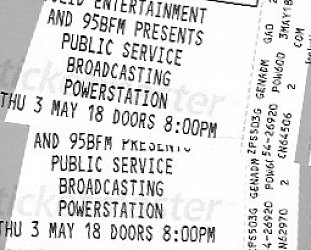
post a comment